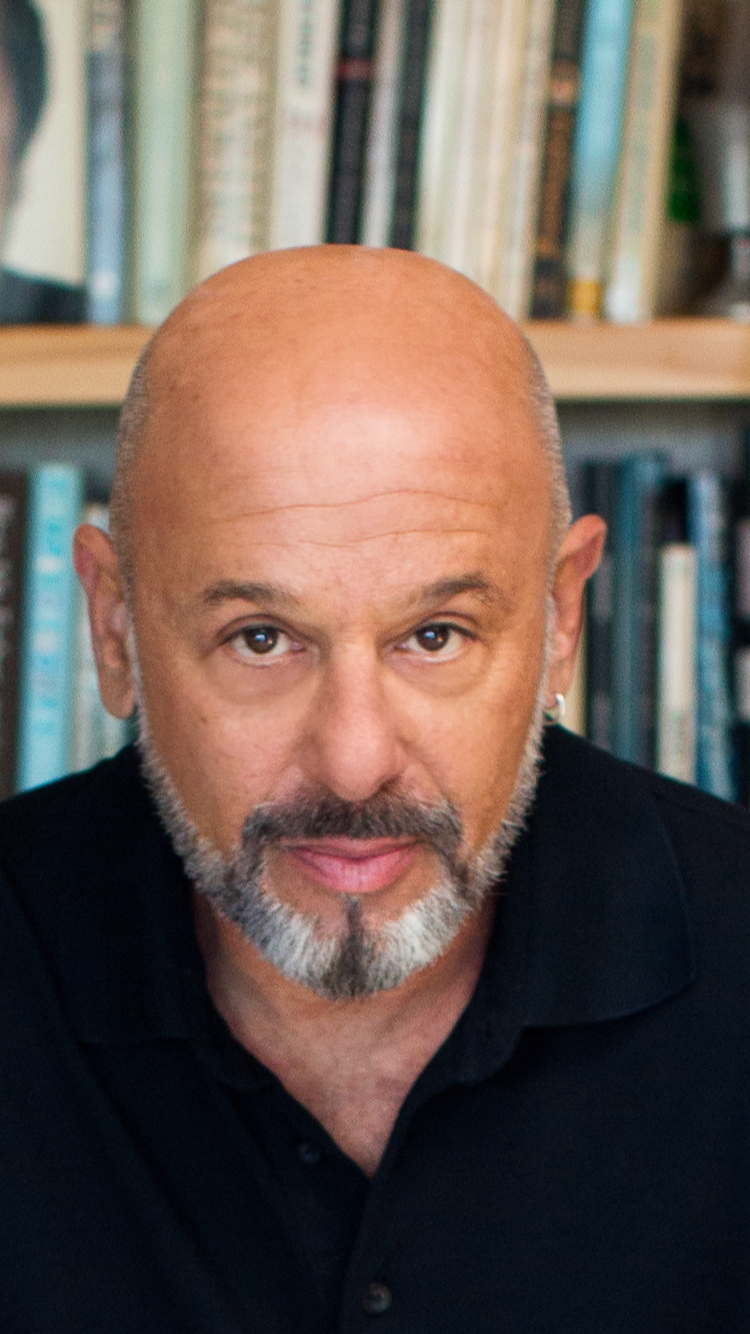The following is an excerpt from the new book Shaman: The Mysterious Life and Impeccable Death of Carlos Castenada, available on Tuesday, September 29th, wherever ebooks and paperbacks are sold.
The followers doused the headlights of their dusty blue Hyundai and coasted into their regular spot, a no-parking zone diagonally across the quiet intersection from the Sorcerer’s low-slung compound. It was a cool Tuesday evening in early August, just past 11. The sky was unusually clear for L.A.; the mystical heavens twinkled invitingly through the tinted windshield of the 10-year-old compact. Crickets sang, a dog barked, the engine ticked off heat. They sat in silence for a few moments, enjoying the powdery fragrance of the night-blooming jasmine, girding themselves for another mission.
“You ready?” asked Greg Mamishian, scanning the compound for signs of activity. He was a short man, 50 years old, with close-cropped gray hair and an elfin sparkle in his eyes. A former Army helicopter mechanic with the spare, sinewy body of a vegetarian, he had lived his entire life — save for his stint in Vietnam — within a 10-mile radius. Self-employed as an electrician, he worked, as a rule, only five hours a day, commute time included. He lived modestly in a rustic, two-room cabin with a wood stove and no television in the pleasant wilds of Topanga Canyon, favoring quality of life over a big paycheck, self-determination over the treadmill of achievement and acquisition. A talented tinkerer with a fondness for silly jokes, he was a rabid aficionado of slapstick comedy. “Mongo only pawn in game of life,” he liked to say about himself, quoting his favorite line from Blazing Saddles.
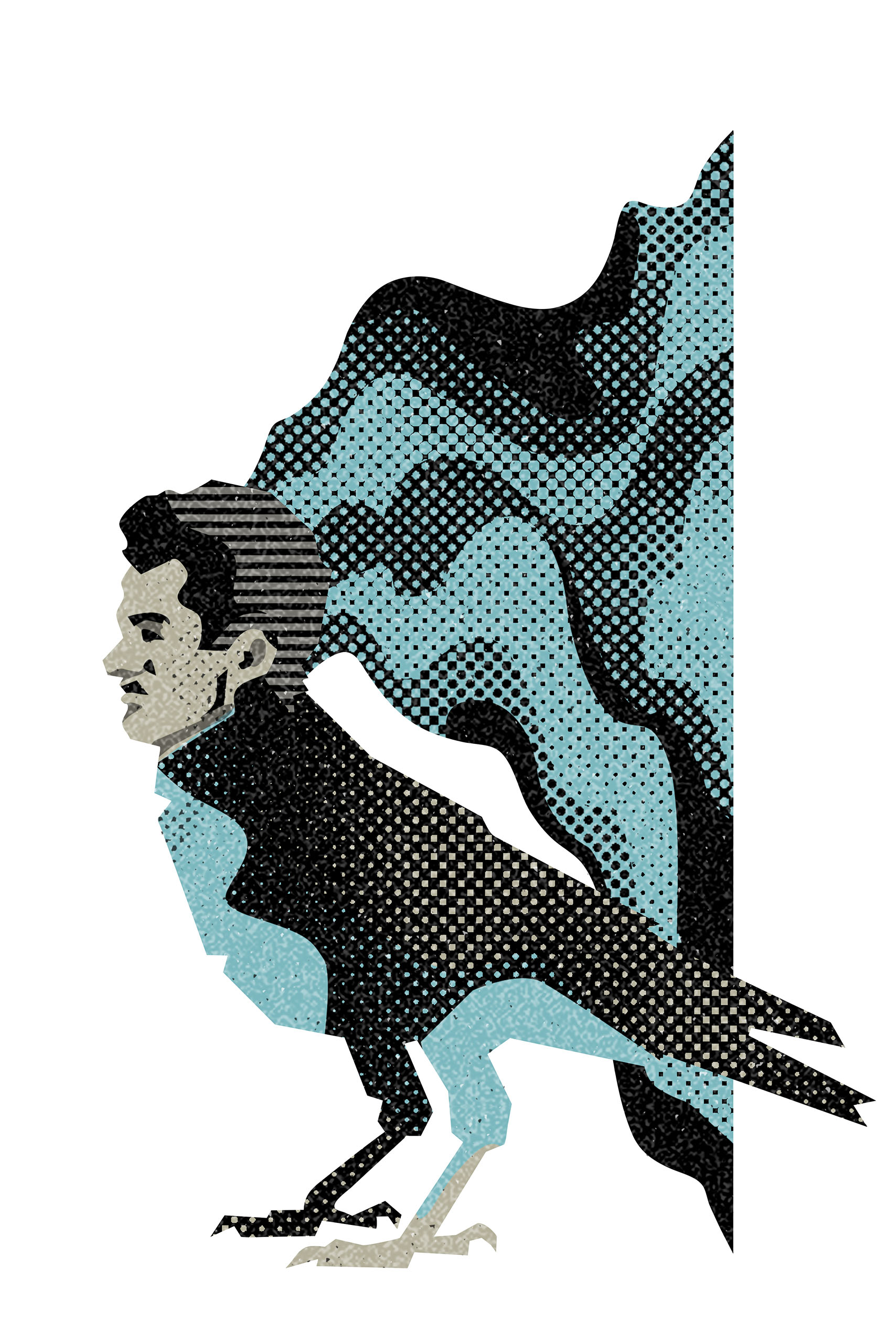
“I don’t know,” said his wife, Gaby, sitting behind the wheel. She checked her watch, knitted her brow, a look of concern. “It’s a little early. The Energy Trackers might still be inside.”
Gaby was a tiny woman, five feet tall, thin and severe, with jet-black shoulder-length hair parted in the middle. Born in a small town in Bavaria to a school teacher and his wife, she had come early to the conclusion that life promised something infinitely more magical than her mother’s middle-class dreams. Since her teens she’d been on a constant search, exploring philosophy, literature, religion and politics, trying on a world view, shucking it, trying on something else. In her early 20s she was a member of a radical group that contemplated a trip to Hanoi to stop the war. Later, she joined an underground team of Christians who smuggled suitcases full of Bibles into Eastern Bloc countries. After living for a while in Spain and throughout Europe, she immigrated to America to pursue primal scream therapy. Over the next five years, she says, she “cried an ocean of tears.”
For both of them, this was a second marriage. Though they’d been together six years, they’d only recently tied the knot; these missions had been the catalyst. Every couple needs a hobby, a binding interest. In an odd, wonderful way, the Sorcerer had become theirs. They were, they’d discovered, one hell of a team. Greg had dubbed them the Followers. The pun, of course, was intended.
Gaby supplied the vision, the ideas, the tenacity. She read the omens, established the energetic connection, tracked the phantom, stood vigil against inorganic predators seeking to appropriate their energy. It was she who’d first brought them into the Sorcerer’s world. And it was she who’d been most hurt when they were cast out so unceremoniously from his inner circle.
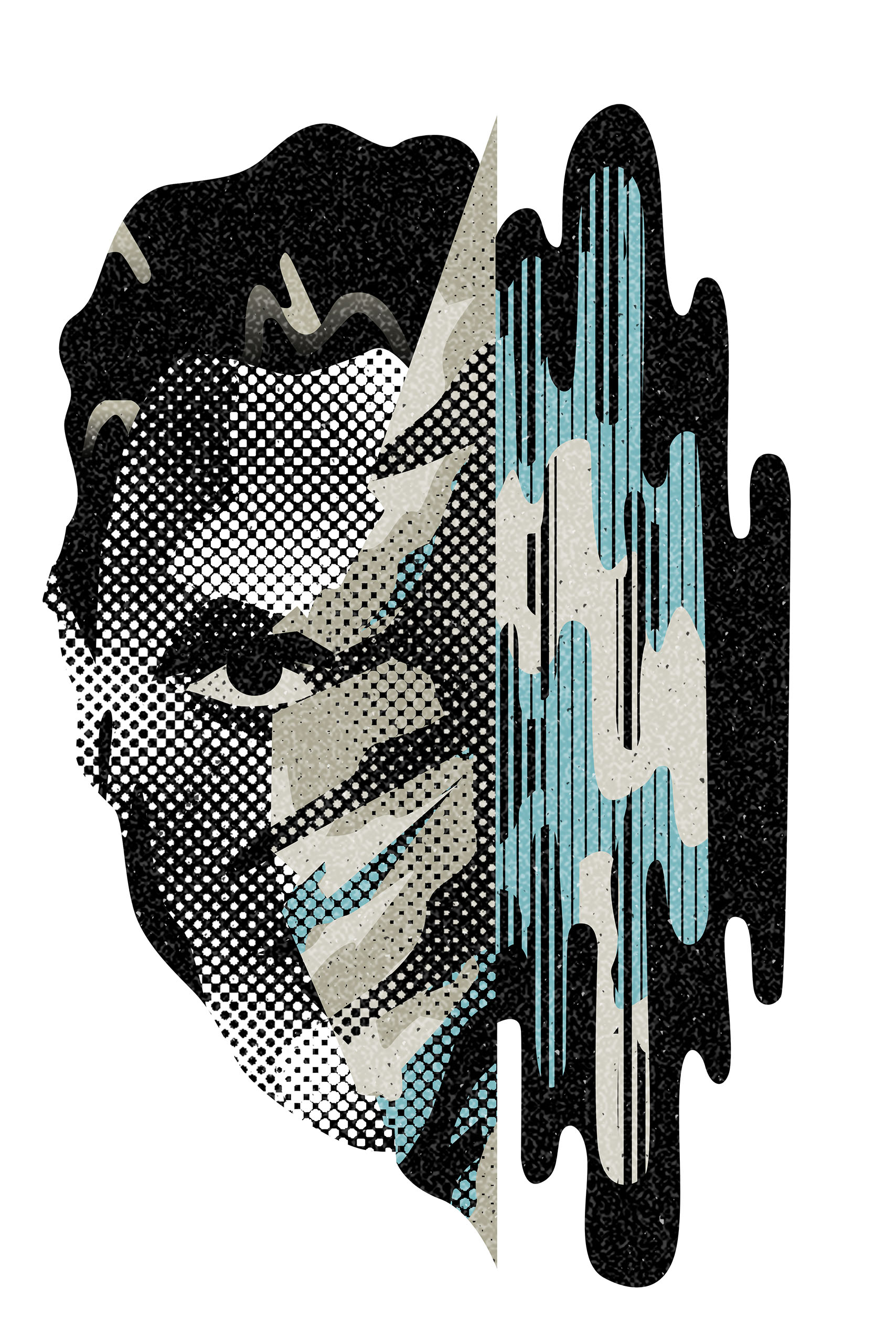
Greg’s role was more focused on the practical. He came up with materials and strategies, added support, enthusiasm and unrelenting good humor, a valuable quality on long, monotonous stakeouts fueled with green tea and McDonald’s fries. Where Gaby seemed to be driven by deep personal feelings she kept masked behind a cool, almost academic exterior, Greg was more emotionally detached, someone who’d come along for the ride and found himself hooked on the adventure, the giddy folly of it all. Maybe he was never quite as invested as Gaby; commitment wasn’t really his strong suit — he was a get-along kind of guy who always kept one foot on either side of the line.
Regardless, his vivid dreams had shown him something special, something of the Second Attention she hadn’t yet seen, couldn’t even imagine. Since he’d begun practicing the ancient ways of the Sorcerer, he’d grown adept at shifting his assemblage point. He’d traveled to other worlds, flown without wings — he’d seen awesome, terrifying, beautiful, incredible things, things that changed his life. So what if the Sorcerer had once made fun of his sandals?
“What kind of Impeccable Warrior worries about time?” Greg asked in typical fatuous style, turning toward Gaby. He raised one finger in the air, stating the elemental: “Time, my dear, is irrelevant to luminous spheres like ourselves.”
“I… don’t… know,” Gaby said hesitantly, ignoring his attempt at levity, glancing nervously across the street. She pinched her thin lips with her thumb and first two fingers, something she always did when she was stressed. Usually, her voice carried the hard residual edge of her German accent. Tonight, though, she sounded soft and anxious. Something was bothering her. Something just didn’t feel right.
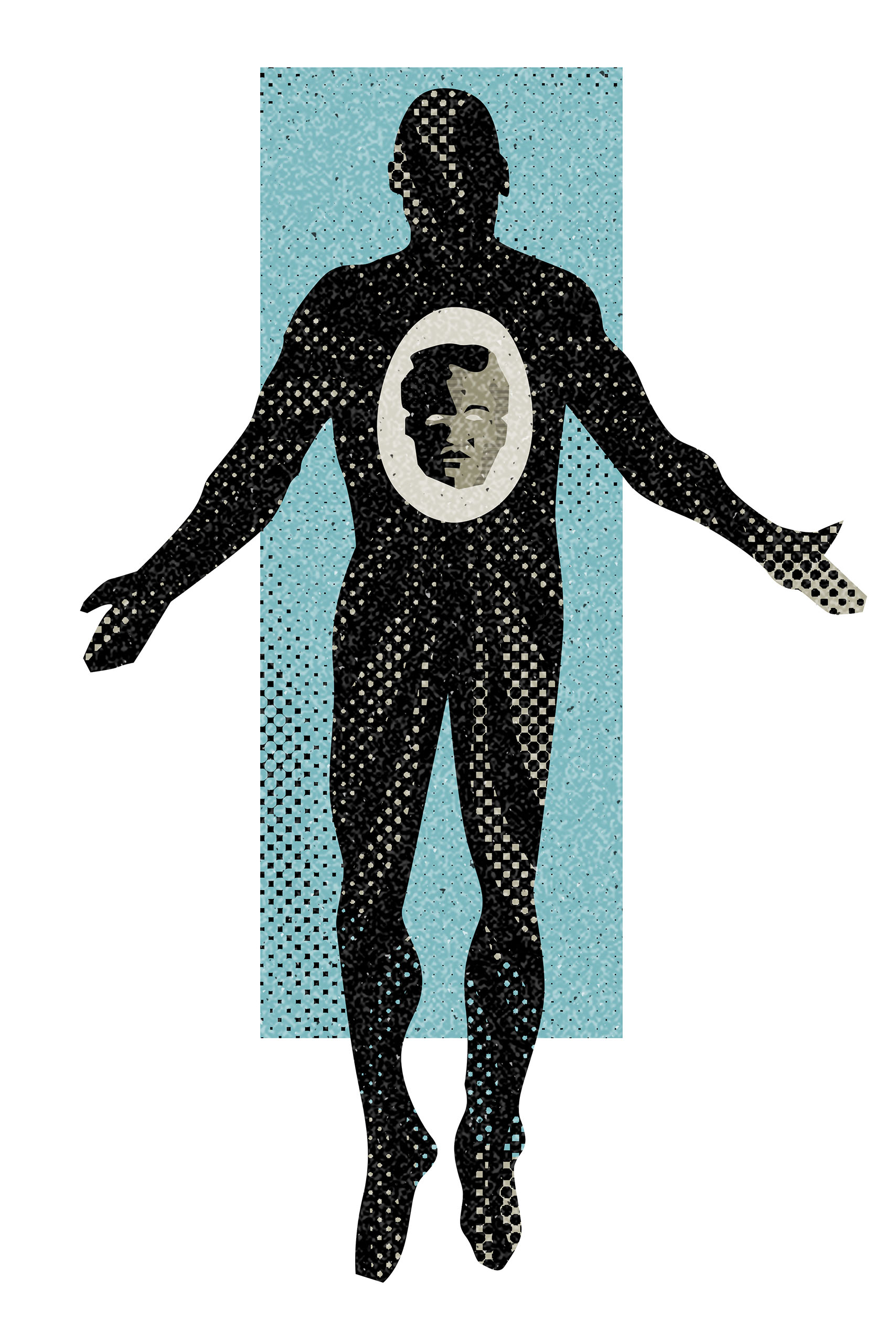
One of the things that irked her most about their estrangement from the Sorcerer was the fact that it had come at a time when she was beginning to make real progress. It had happened toward the end of an evening in the rented dance studio in Santa Monica where the group practiced their Magical Passes — martial art-like movements designed to gather energy. She was listening intently to one of the Sorcerer’s three-hour monologues — highly entertaining affairs, think Lenny Bruce meets Fidel Castro meets Mescalito, the cricket-like being with a warty green head that embodies the spirit of peyote — when a vortex appeared behind the Sorcerer’s head, a kind of liquid swirl in the air, a whirlpool, just behind him to the left.
Since then, the magic and the revelations had grown stronger and stronger. Like Greg, over the months of their surveillance, she had continued to practice the passes — the pair had, in fact, just come from their regular practice group, one of the hundreds of independent cells across the globe. Lately, she’d begun to notice this voice inside of herself, a voice beyond the everyday chatter of the mind, a sort of anchor, a storehouse of knowledge. The Sorcerer called it the Emissary. It answered her questions, guided her choices. It told her unwaveringly this quest of theirs was supported by universal intent.
It also told her, on this particular Tuesday night in the summer of 1997, to be careful. Something was different. Something was wrong. She could feel it.
“Let’s go,” Greg said impatiently, reaching for the door handle.
“Let’s just wait a few more minutes, okay?”
The yellowish stucco compound occupied a large corner lot in the tidy neighborhood of Westwood Village, not far from the campus of UCLA. A rambling, L-shaped building with shallow peaks and a shingle roof, it had bars on the windows and a large, internal courtyard, all of it obscured from view by a 12-foot privet hedge running along the street sides of the property.
From their parking place on the southwest corner of Pandora and Eastborne Avenues, the Followers could watch both gated entrances of the compound, each of which had a different address. The right side, on Eastborne, seemed to be used only by male visitors. According to the Sorcerer’s teachings, the right side symbolized experiential knowledge, everything we know — the Tonal. The left side symbolized the mysterious, the unknown — the Nagual. The Sorcerer was also known as the Nagual, the last of a line of shamans stretching back thousands of years to the Toltecs, the pre-Hispanic indigenous people who inhabited the central and northern regions of Mexico prior to the Mayans. The left entrance, on Pandora, was used by the Sorcerer and his women: the three Witches, the Chacmols, the Blue Scout, the Electric Warrior and the other female members of the inner circle. The Followers called it Pandora’s Gate.
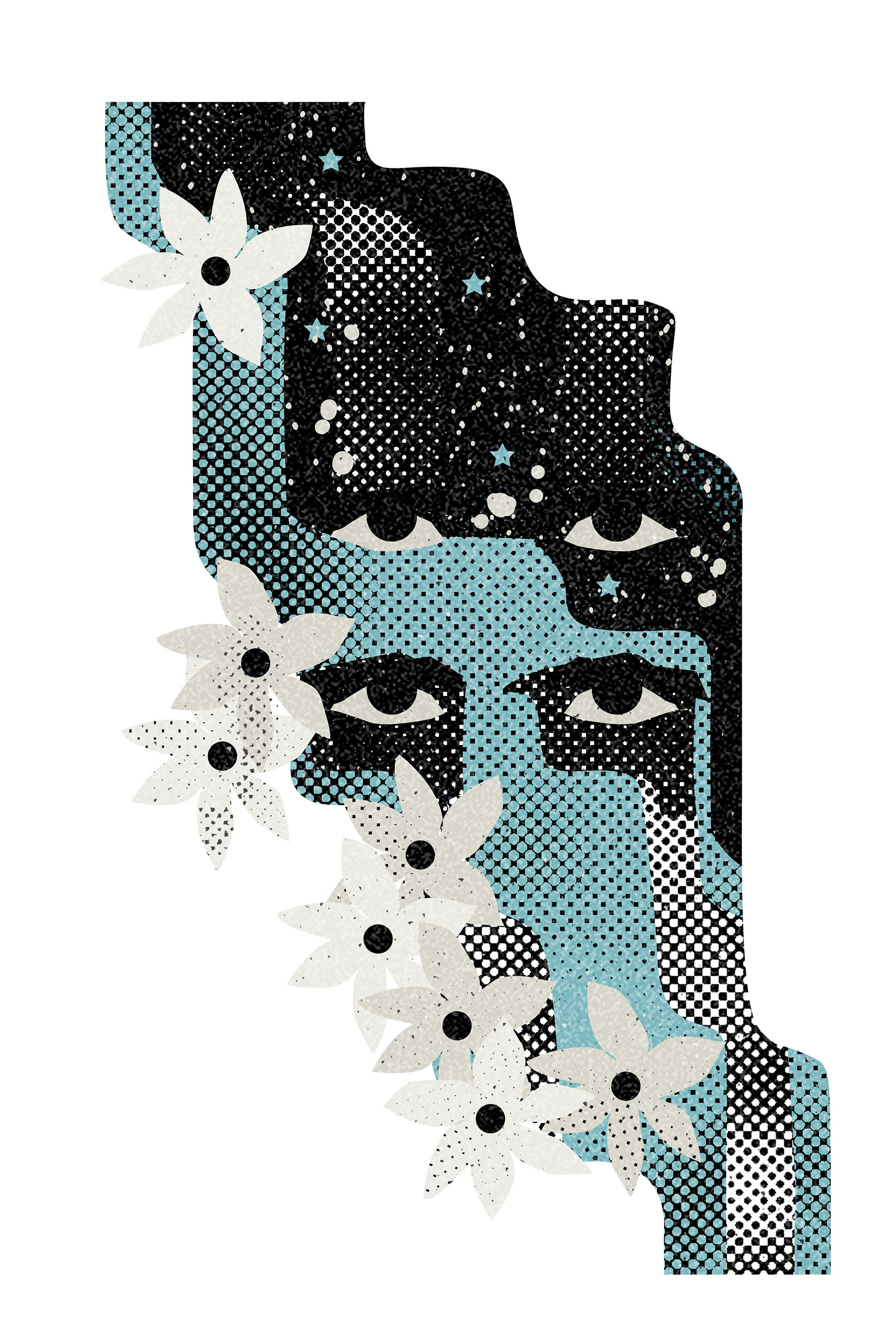
To the rest of the world, the Sorcerer was known as Carlos Castaneda. In 1968, at the height of the psychedelic age, he had published The Teachings of Don Juan: A Yaqui Way of Knowledge, the first of 12 books describing his apprenticeship in the deserts of Mexico to an Indian shaman, and his journeys to the “separate reality” of the sorcerers’ worlds. Like Hermann Hesse’s Steppenwolf and Aldous Huxley’s The Doors of Perception, The Teachings of Don Juan and its sequels became essential reading for legions of truth seekers over the next three decades. Castaneda himself became a cult figure — seldom seen, nearly mythological, a cross between Timothy Leary and L. Ron Hubbard: a short, dapper, brown-skinned Buddha-with-an-attitude who likened his own appearance to that of a “Mexican bellhop.”
Though the Sorcerer had 10 million books in print in 17 languages, he had lived in wily anonymity for nearly 30 years, doing his best, in his own words, to become “as inaccessible as possible.” Most people figured he had a house somewhere in the Sonoran Desert, where he’d studied with his own teacher, a leathery old Indian brujo named Don Juan Matus, who had taken his body and his boots and had disembarked in a flash of light for the Second Attention many years ago, leaving Castaneda behind to close out his line “with a golden clasp.”
In truth, Castaneda had lived and written most of that time right here in Westwood Village, a neighborhood of students and professors not far from Beverly Hills. As the Followers were beginning to discover, most of what was generally believed about the Sorcerer wasn’t remotely factual.
For the past 18 months or so, at least three times a week, Greg and Gaby had made these clandestine pilgrimages. They followed the Sorcerer and his party to restaurants and movies, to inner-circle practice groups, anywhere they could. They shot video at every opportunity. A major tenant of the Sorcerer’s way was erasing personal history; he never allowed himself to be photographed or tape recorded. The last major legitimate interview he’d given was to Time magazine in 1973; even they couldn’t persuade him to pose for a full-face picture. The esteemed newsweekly ended up running an abstract drawing on the cover. The story described Castaneda as “an enigma wrapped in a mystery wrapped in a tortilla.”
The Followers weren’t sure, exactly, what they were after. They just felt kind of compelled. And they wanted to know more.
On the one hand, what they were doing felt kind of tacky and intrusive, like they were peeping toms or paparazzi, or maybe more like they were children watching their parents have sex.
On the other, it felt like a legitimate — albeit amateur — anthropological exercise. The Sorcerer himself had earned a PhD in anthropology from UCLA; his third book, Journey to Ixtlan, had served as his thesis. His own journey had begun as an undergraduate inquiry into ethnobotany, a study of the natural hallucinogenic plants of the Southwest. In a way, the Followers considered their activities a sort of academic homage. Besides, they knew in their hearts their motives were pure, their energetic connection was strong and true. They meant no harm to the Sorcerer. Indeed, they liked him. They respected him. They just wanted to be close. The Sorcerer always talked about seeking non-ordinary reality.
It was hard to explain, perhaps, but this was theirs.

